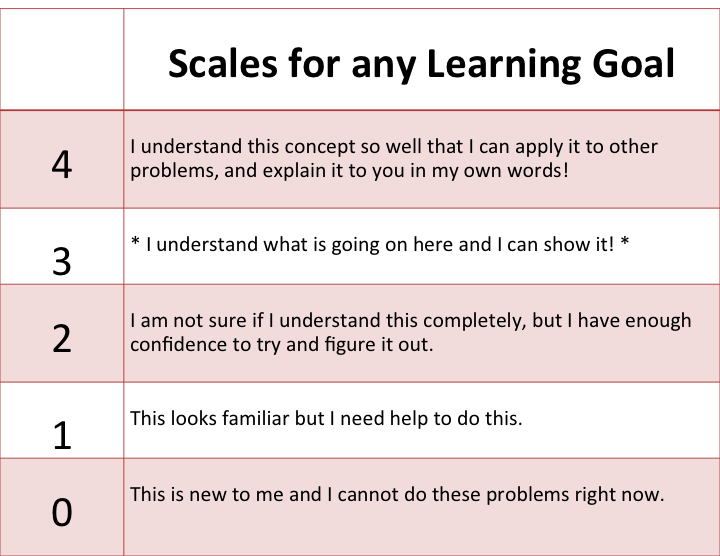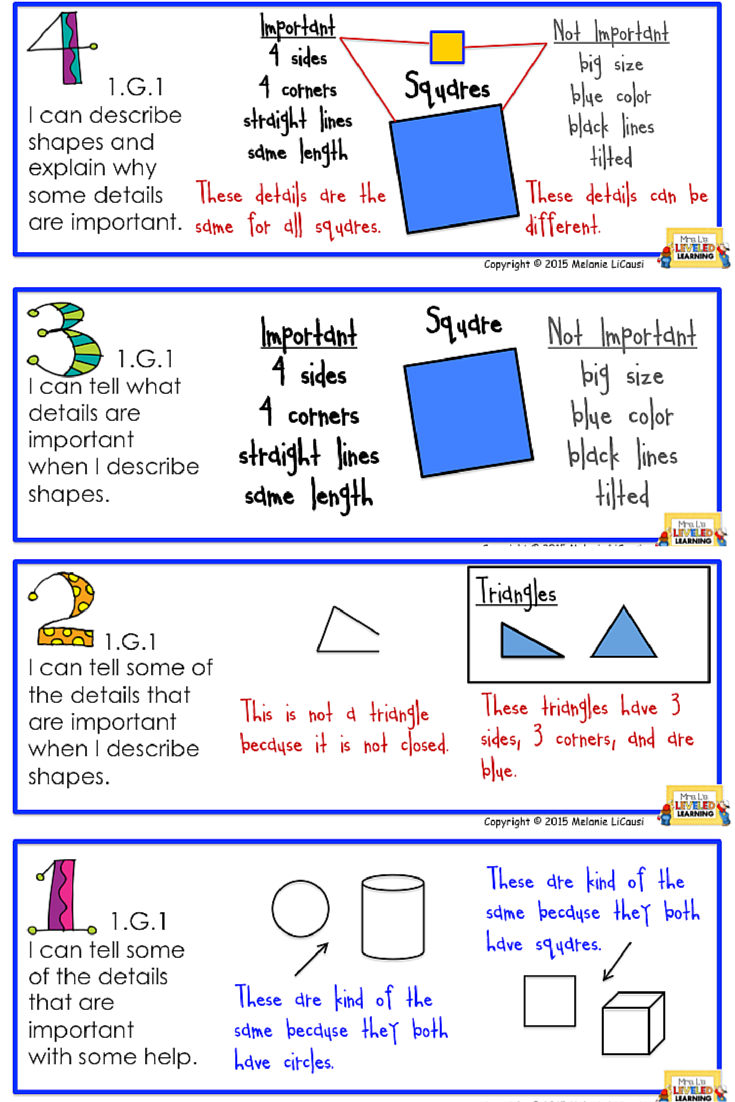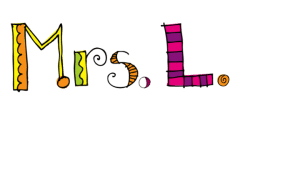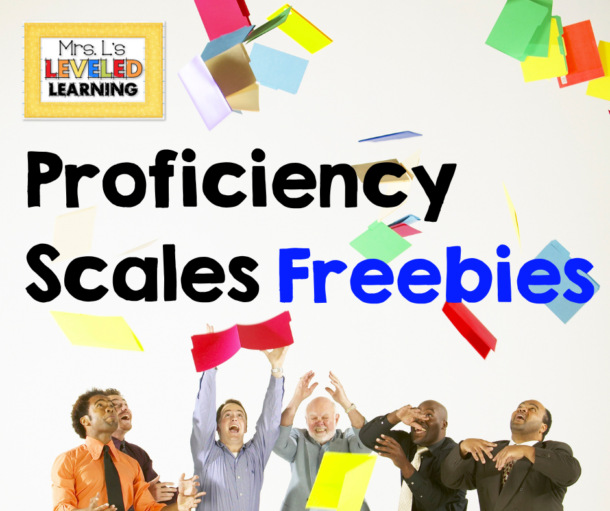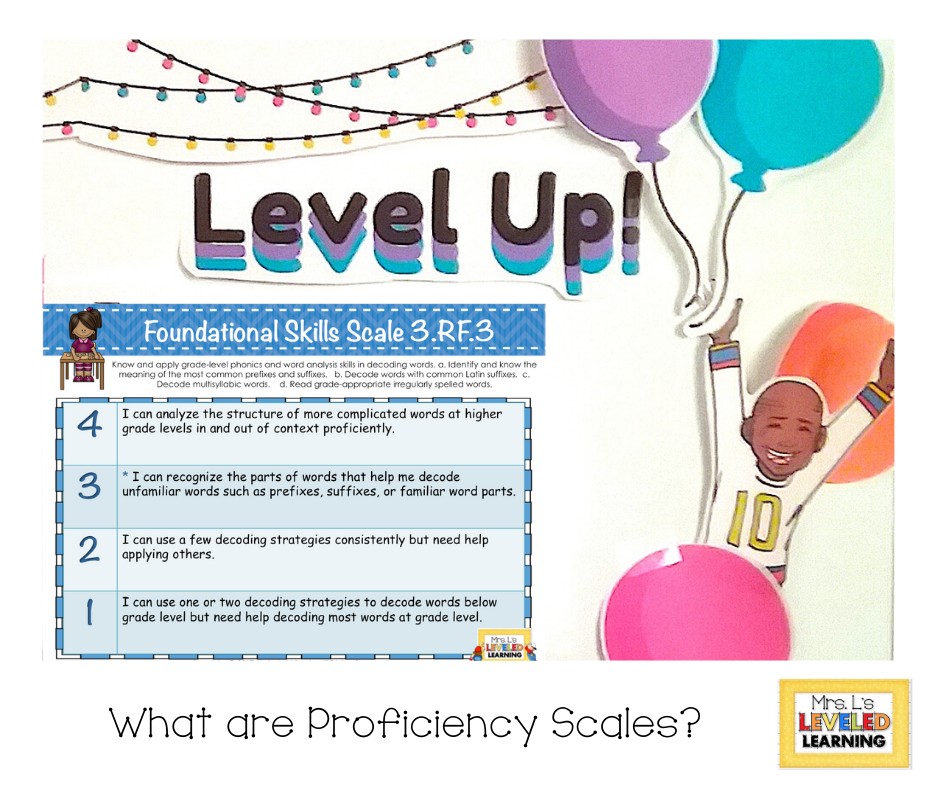
This 90 second video will give you some background into the source and purpose of Marzano Scales.
Read on for more specific information!
Marzano’s The NEW Art and Science of Teaching, highlighted some principles of education that most teachers know, but easily forget in the business of everyday duties. My introduction to this work, through some district professional development, got me thinking about how to incorporate these principles as routines of instruction. As an elementary teacher, I am always thinking about my students’ background knowledge, levels of conceptualization, and where they are headed academically; but I didn’t have an organized way to track this information. I became motivated to create learning goals and scales based on the Common Core Standards for the grade levels I work with.
In a scale, each learning goal (or standard) is broken down into five scales, from 0-4. Proficiency in each math standard is represented by a score of 3. A score of 4 indicates an advanced knowledge of the skill, usually above grade level. The tasks assigned to scores of 2 and 1, are either derived from sub-skills of the standard, or from the background knowledge of earlier grade levels. Often the content from earlier grade levels will be labeled with the corresponding standard for reference purposes. A score of 0 on the learning scale is useful to record for students who have been given an opportunity to work on the assessment, but did not or could not perform for some reason. Marzano gives a very general break down of the meaning for each scale. My district started by using a general kid-friendly interpretation of a scale. You can find a lot of cute and colorful versions of these online.
The problem is when you try to apply this to a specific learning goal, you could end up with many different interpretations leaving your students just as confused and lost as before. This frustrated me and I didn’t see any progress in my students. I decided to make the scale more specific, which was Marzano’s intention. Since then I have completed many more grade levels by request – even Australian standards!
For too long the standards have been presented as these huge and sometimes vague point far off in the distance with no particular relevance to us personally at this moment. Kids have no orientation to find themselves within the content. How defeated does a student feel when they sit through a presentation, or receive a new assignment and they have no idea where to start, or how to connect the info to something they already know? Ever have a student completely fail a test? What do you say to them…umm… You have a lot of work to do if you want to do better in this class. They have no idea where to start because they don’t know how far off they are, or what they would need to master to get a little closer. Sometimes neither do you!
Scales make the entire path VISIBLE! They provide a quick outline of getting from point 0 to point 4. I loved using them in my class because I felt confident that I knew what they needed to master next. Every small sequential step was already laid out for me and differentiating assignments for that one student did not seem so overwhelming.
Here’s a few examples of what I mean by “Marzano Scales.” The onset of iObservations and other forms of teacher evaluations have floods of teachers scanning the internet for cute posters. What Marzano describes as “Tracking Learning Goals with Scales, ” the research that brought so much attention to the use of scales, is something much more specific.
The Leveled Assessments for Math are designed to assess students on these scales using specific examples or tasks for each section of the scale. Students learn skills and understand concepts in a progressive way. Instead of presenting students with an assessment that is pass or fail, right or wrong, Marzano Scales recognize what a child already knows, and creates a clear model of what the child is expected to understand by the end of the year. Each assessment was developed over the course of a year, with my own students as the first test subjects. They have been tested, revised, and put together in a very thorough and comprehensive way to ensure that every implicit and explicit component of the standards are addressed. At the bottom of this page you will find the resources I used to design assessment questions aligned to the Common Core standards.
Recording the date creates a record of when a child becomes proficient in each level. This record has been a useful conversation tool for parent conferences, student portfolios, and making instructional decisions about which students should advance, and which ones need extra instruction in an area. Some students will take weeks to master one standard, and others will complete the entire assessment in one day. Since this format is designed to scaffold skill mastery, it can be used as a pre-assessment and a post-assessment. This is recommended so that children can see their progress in a concrete way and celebrate each success!
In grades 5-8, the left column provides space for students to record numerical answers to questions. It is organized this way so that teachers can quickly review students’ answers for accuracy. For a more in-depth look at a student’s thinking or explanations, you can examine the work individually.
It is my sincere hope that you find the Scaled Assessments to be a useful and high-quality tool for improving your students’ progress!
For FREE copies of these Assessments to try in your classroom, click on the Freebies tab above!
Resources I used to create my Scales:
Marzano, R. J. (2017). The new art and science of teaching. Bloomington, IN: Association for Supervision and Curriculum Development and Solution Tree Press.
Common Core State Standards © Copyright 2010 National Governors Association Center for Best Practices and Council of Chief State School Officers. All rights reserved. http://www.corestandards.org
Arizona’s College and Career Ready Standards – Mathematics (2013). Arizona Department of Education. http://www.azed.gov/standards-practices/mathematics-standards
Progressions for the Common Core State Standards in Mathematics © Copyright 2012 The Common Core Standards Writing Team. http://ime.math.arizona.edu/progressions/
